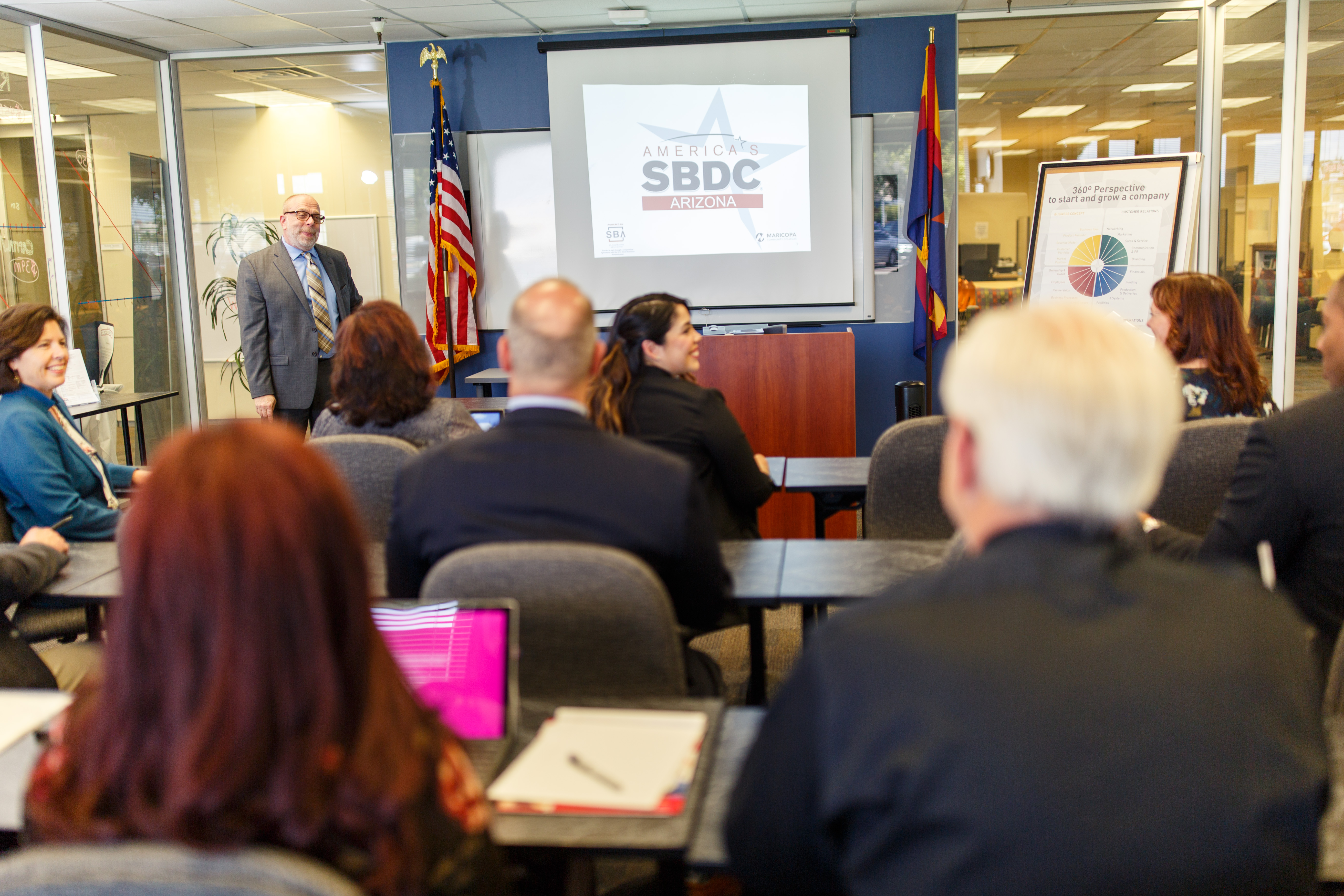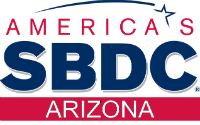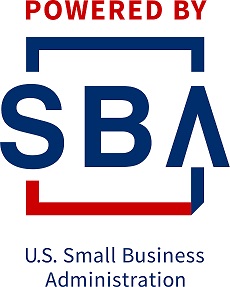What is P&L?
As a business owner or financial manager, the performance of your company and financial health typically relies on 2 important financial statements: Profit and Loss or P&L Statement and Balance Sheet. Therefore, this month we will blog about both statements to give you the 101 on each one. The P&L is based on a simple mathematical calculation:
Revenue – Expenses = Profit (or Loss if Expenses are greater than Profit)
It is a summary of the revenues and expenses that have occurred in your company over a period of time. So essentially it shows the changes that have taken place over a particular time period. This reporting period is usually a year for most companies. Sometimes, it may also be for a month, a quarter, etc. Therefore, the objective is to find out whether or not your company made a profit in that period. And if the answer is yes, then this report shows how much profit you made.
What is the “Top Line”?
Companies have to generate money to survive and grow. In other words, the money received from sales of goods and services is income. This revenue is also referred to as the “top line”. Then, subtract the expenses from this top line. The money paid out such as rent, electricity, salaries to employees, legal fees, repairs, advertisement and bank charges are your expenses.
Costs like write-offs in the form of depreciation and amortization of various assets as well as taxes paid to the government are also taken out from the revenue. The result is called net income or the “bottom line”.
Especially relevant, all industries prepare the profit and loss statement the same way using the above formula. Therefore, a sample of the profit and loss statement:
For the year ending December 31, 2016
Total Revenue $ 1,000,000
(-) Cost of Goods Sold $ 450,000
Gross Profit (Top Line) $ 550,000
(-) Expenses
Salaries and Wages $ 325,000
Rent for Premises $ 12,500
Accounting & Legal Fees $ 9,800
Electricity $ 2,520
Repairs & Maintenance $ 16,370
Advertisement $ 5,800
Insurance $ 11,310
Vehicle Operating Expenses $ 6,050
Depreciation $ 3,700
Printing & Stationery $ 650
Interest & Bank Charges $ 17,600
Training Charges $ 3,200
Postage $ 1,600
(-) Total Expenses $ 416,100
Net Profit (Bottom Line) $ 133,900
Who needs the P&L?
- Shareholders: If you are a shareholder, you need to know that the company is making enough profit in order to reward you for the risks that you have taken by investing. If not, the value of your shares will decrease.
- Managers: If you are a manager, the P & L statement helps you to understand whether you are making the right decisions, what the shortcomings are and the reasons for the same. It will also help you in making new plans. For example, this report will show if your income has fallen or if your expenses are higher compared with earlier periods.
- Investors: If you are a potential investor wanting to pick up stocks in a company, it is prudent to get a fair idea about the financial health of the company. For this, you should know how to read financial statements or get a professional to do so on your behalf.
Limitations of the P&L
- Items such as depreciation of assets are based on estimates and are more subjective values.
- For measuring the levels of inventory, accounting methods may vary; either FIFO (First In First Out) or LIFO (Last In First Out) may be used.
- Loyalty, goodwill and brand recall although significant items cannot be accurately calculated and therefore may be left out.
Conclusion
The Profit & Loss statement is a scientific reflection of the company’s financial health. Managers, creditors and/or bankers should all use P&L Statements. It will help you estimate the company’s ability to generate cash flow. This report should be able to assist you in forecasting the likely future performance of the company to a fair degree.
About the Author: Jamie Seeker
Jamie Seeker is the owner of Seeker Solution, LLC; an operations consulting business founded in 2015. She has spent years of her life working at one business at a time, using her talents to improve business operations at non-profits, large franchises, charities, retail, industrial and locally owned private businesses covering multiple industries. Over those years, she has learned so much about the needs and obstacles that organizations face and knows that she can make a bigger impact and reach a larger scale by taking her experience a step further. Prior to her current business venture, Jamie worked as the Practice Manager; a practice that has been providing services for women’s health since 1984. In her role, she was responsible for leading and motivating her team of clinical and non-clinical professionals to deliver outstanding clinical care. She relied on her belief in the core values of the practice to ensure that the entire staff team delivered outstanding clinical care with particular attention to respect for individuals, quality of service, continual pursuit of excellence and a commitment to integrity. To also illustrate who Jamie is, her love for her community and passion for outreach must be highlighted. Jamie spent 10 years in the non-profit service industry working in various leadership roles such as operations, fiscal management, human resource management, customer service, community relations, sales, and marketing. She is a cause-driven leader and has been heavily involved in her community with organizations such as the YMCA, Arizona in ACTION, Tin Man Awards, Gals of the West and Palm Valley Church. Jamie is originally from San Diego, California and received all of her formal education there. She graduated from the University of San Diego in 2001, where she received her Bachelor of Business Administration degree with an emphasis in Marketing and Minor in Philosophy. She is currently based in Arizona with her husband and five children.




